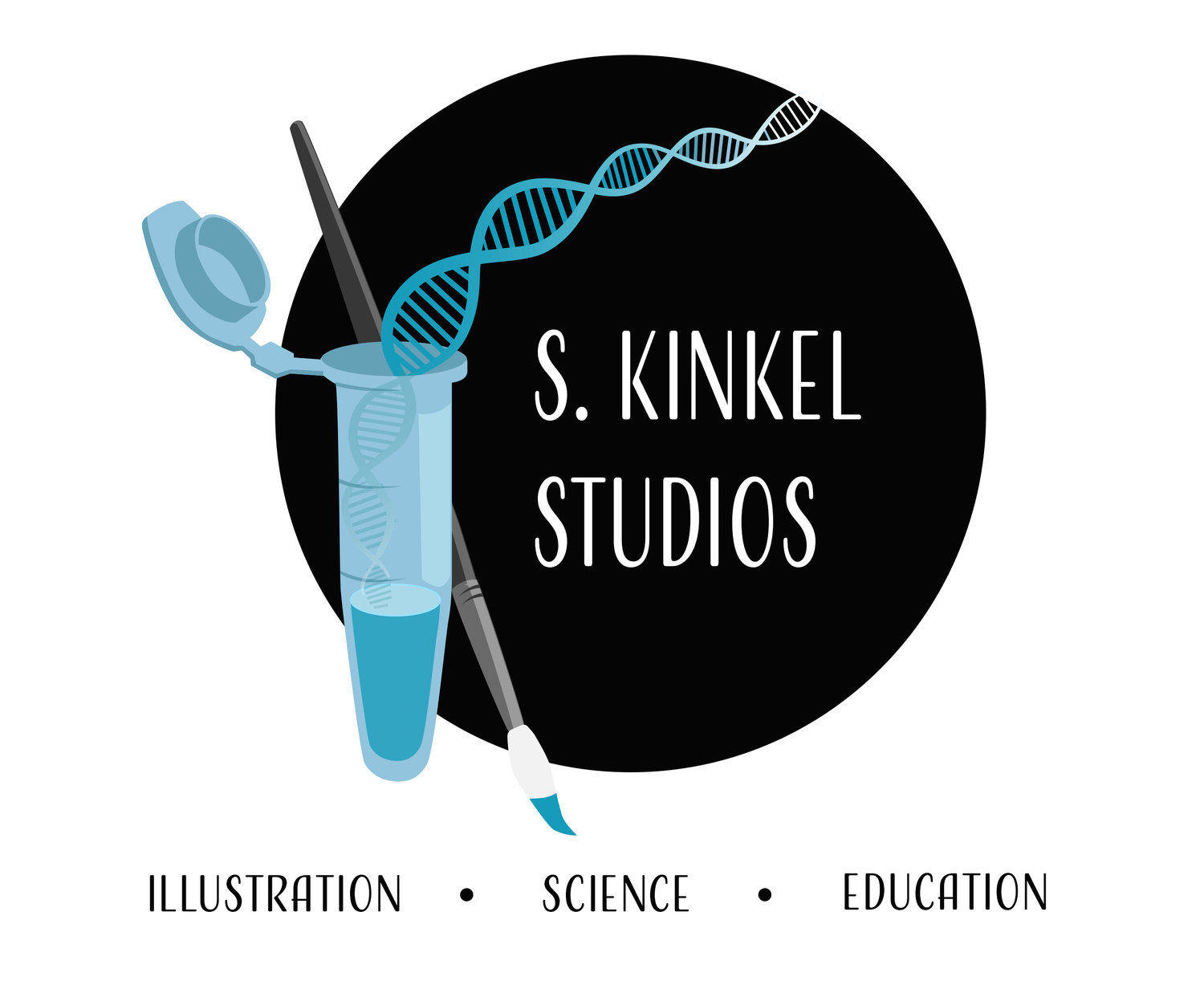One of my goals in science illustration is to make complex ideas accessible. Today I’d love to share with you my first pass at instruction through animation, with a brief - and I hope worthwhile - introduction.
As a person with a microscope tattoo, it may be no surprise that this tool amazes me. Simple in its arrangement of lenses and mirrors, the microscope allows us to examine and confirm the existence of the invisible. Without it, germs would still be the stuff of stories. Just over 400 years ago, scientists began to use handmade microscopes to make careful and painstaking observations of things through the lenses. Remarkably, Robert Hooke created the detailed drawing of a flea you’ll see at the end of this video in the 1600s!
If you’re understandably not fascinated by microscopy or its history, perhaps instead you’ll relate to the parallels between microscopy and the way we see things in our daily lives. Our own set of lenses - our unique set of experiences and hardwiring - permit us to hone in on and focus on particular things. Exposed to the very same headline or image, you and I may have unique views and distinct reactions. Perhaps by acknowledging that our expectations and beliefs change what we see, enlarging some things and masking others, we can free ourselves to see things more objectively or try on other lenses.
Without further ado, below you’ll find my first application of InDesign, and a short (silent) animation designed for students new to microscopy. The aim of this assignment was to explore some of the basics in the program - movement, and a glow through. Would love to hear what you learned, and what suggestions you have going forward.
The microscope revolutionized science. But how does it work?
